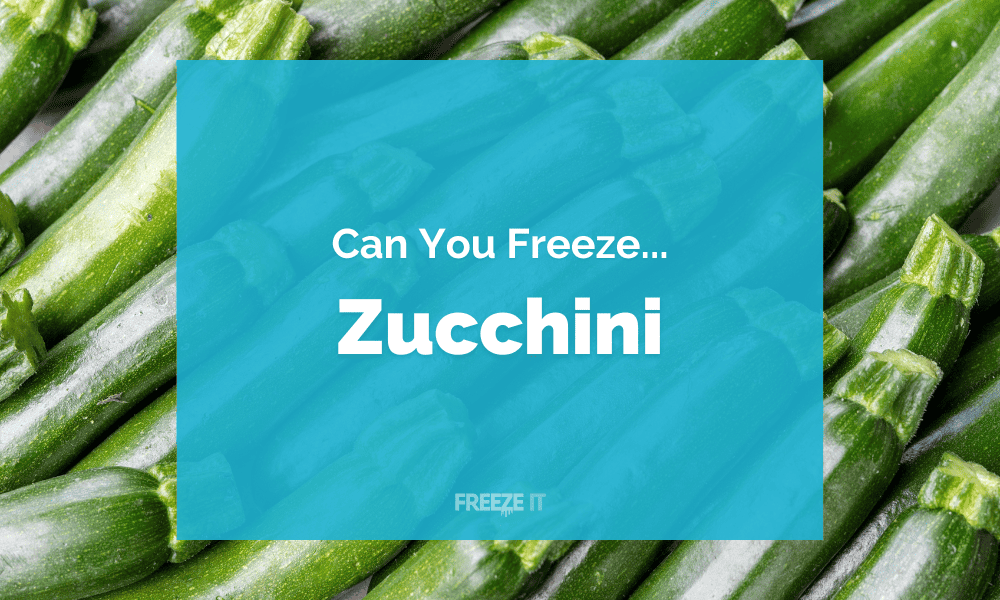All Root and Autumn Vegetables Freezing Guides
Frequently Asked Questions
Frozen grapes can be a refreshing snack, but upon defrosting, they turn into soggy lumps. It's best to freeze grapes only if you plan to use them in cooking, as they won't retain their fresh texture when eaten raw after thawing.
To effectively freeze root vegetables such as turnips or rutabagas, blanch them for 3 minutes. After blanching, cool them rapidly in cold water, then drain well. Use pint or quart zip-type plastic bags or plastic freezer containers for storage, leaving about ½ inch (13 mm) of headspace. Alternatively, tray freezing can be applied following the guidelines for carrots.
Many fall vegetables, including Brussels sprouts, beets, collards, kale, parsley, and spinach, can tolerate cold temperatures and may survive even when the temperature falls below 26 ºF for a prolonged period. To safeguard these plants, ensure they are adequately watered before a freeze.
It is possible to freeze raw carrots and turnips without blanching, but be aware that they may lose texture and quality more rapidly than if they were blanched prior to freezing.
Blanching is essential for preserving the quality of most vegetables before freezing. It halts enzyme activities that could otherwise lead to deterioration in flavor, color, and texture. The duration of blanching is crucial and varies depending on the type and size of the vegetable.
Yes, most vegetables, including many root vegetables, can be frozen. Vegetables with lower water content such as sweetcorn, broccoli, cauliflower, carrots, and runner beans tend to freeze the best.





